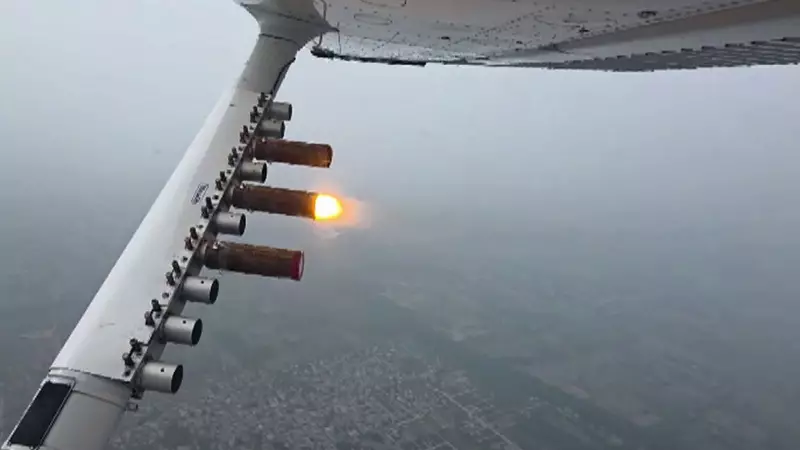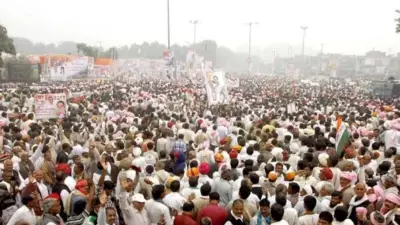
Delhi's much-anticipated cloud seeding project, designed to artificially induce rainfall and wash away toxic pollutants, has been put on hold as the capital experiences a slight improvement in air quality. The decision comes despite extensive preparations by scientists and authorities to implement this innovative solution.
The Temporary Respite
Recent data from the Commission for Air Quality Management (CAQM) shows Delhi's Air Quality Index (AQI) has moved from the 'severe' to the 'very poor' category. This marginal improvement, while welcome, represents only a brief pause in the city's annual pollution crisis that typically worsens as winter progresses.
Cloud Seeding: The Science Behind the Solution
Cloud seeding involves dispersing substances like silver iodide into clouds to encourage precipitation. The technique, which requires specific atmospheric conditions including adequate moisture and cloud cover, has shown success in other countries for addressing water scarcity and pollution.
Why the Delay Matters
Environmental experts express concern that postponing the cloud seeding operation could be a missed opportunity. Dr. Ramesh Kumar, a climate scientist involved in the project, explains: "We're in a race against time. While current AQI levels have improved slightly, the meteorological conditions we need for successful cloud seeding are finite. Waiting for pollution to reach emergency levels again might mean missing our window of opportunity entirely."
The Bigger Picture: Delhi's Pollution Calendar
The current improvement follows a pattern familiar to Delhi residents:
- Early November typically sees the worst pollution levels
- Temporary improvements occur due to changing weather patterns
- December and January often bring renewed pollution crises
- The annual cycle continues until spring brings relief
What's Next for Delhi's Air?
Authorities maintain they're prepared to activate the cloud seeding plan immediately if conditions deteriorate. Monitoring stations across the city continue to track air quality metrics, while meteorological departments watch for suitable cloud conditions.
The situation highlights the delicate balance between technological solutions and natural weather patterns in the fight against urban pollution. As Delhi holds its breath, both literally and figuratively, the cloud seeding project remains on standby—a technological arrow in the quiver, waiting for the right moment to fly.





